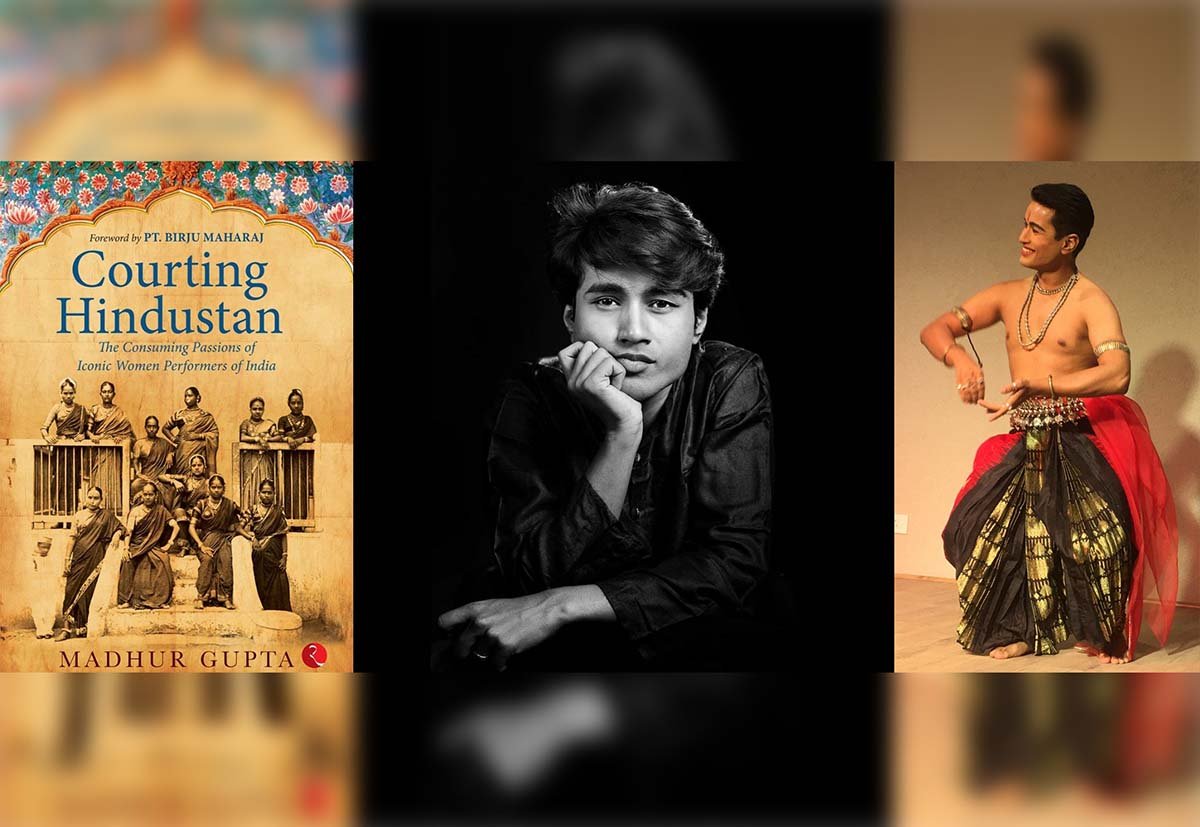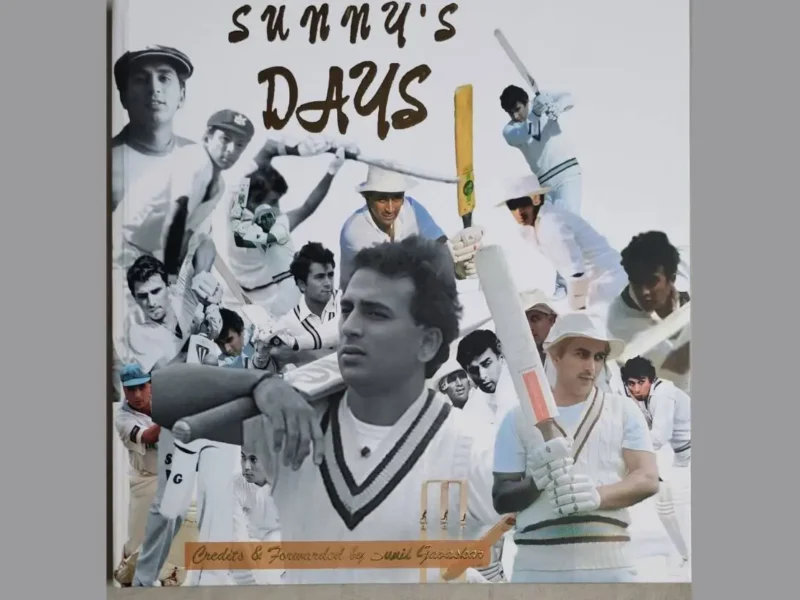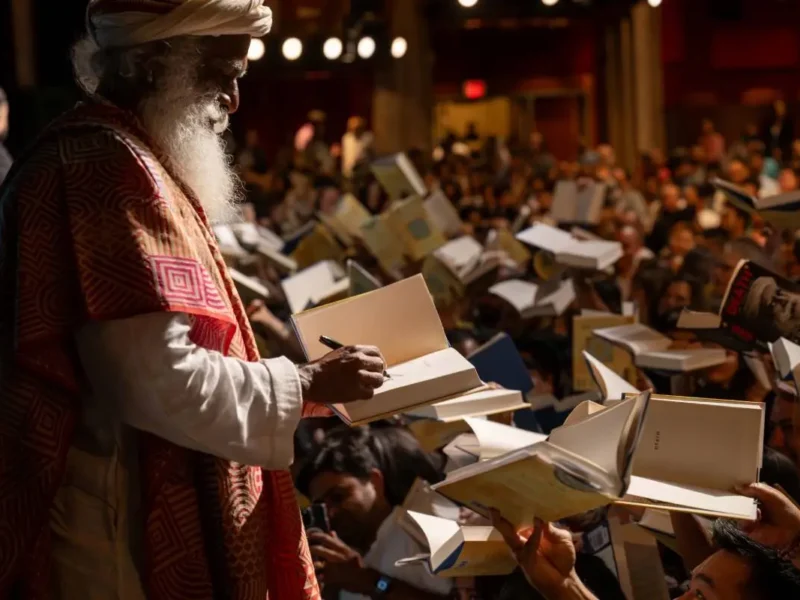
Courtesan Lives: Separating Myth From Reality
NEW DELHI, (IANS) – Our connection with art and aesthetics is about as old as humanity; and performers’ multi-layered lives and stories go at least as far back as recorded history.
Madhur Gupta, one of the leading Odissi dance maestros of his generation, has opened a window to the vibrant world of women performers — the courtesans — through his book ‘Courting Hindustan’.
This meticulously researched work goes back two-and-a-half millennia and details the lives of ten select courtesans.
Madhur sheda light on the evolved and intricate culture of the ‘devadasi‘, which is the base of the elite but maligned courtesan community, which suffered because the British eroded the tradition to a great extent.
Courtesans were not merely entertainers through dance, music, and poetry, but also repositories of refined manners and a finer lifestyle that young princes were sent to learn. They wielded tremendous power in their circles, and although they did not directly have a say in political matters, their influence amounted to being decisive in crucial matters.
One such personality was Begum Hazrat Mahal, whom Madhur calls ‘The Rebel Courtesan’ in his book. This Begum of Awadh led the rebellion against the East India Company in 1857, after her husband, Nawab Wajid Ali Shah, fell to the British.
Madhur highlighted that it is an unfortunate misconception that the life of a courtesan is understood as one of promiscuity — “there were courtesans who had just one partner throughout,” he said.
Delving deeper into his subject, Madhur makes the point that the traditional ‘gharanas’ of Indian classical music were headed by male artists, and women performers were reduced to the status of “naachne gaane wali”.
But notwithstanding the dead weight of patriarchy, the author narrated an anecdote about Gauhar Jaan, whom he calls ‘The Gramophone Girl’. She recorded a piece for a few minutes and that went on to make history.
That was because male performers of that time believed that if they recorded their voices, they might end up losing it altogether. Hence, once more, the courtesans preserved the cultural tradition most significantly.
‘Courting Hindustan’ is replete with stories of the multi-dimensional, multi-layered, and multi-linear lives of courtesans who became a major part of urban Indian culture.
Even the Harappan civilization has thrown up figurines of ‘dancing girls’, which Madhur explains are in a stance that is very frequently used in the Odissi dance form.
As resilient and unwavering as the art that has survived through the ages, Madhur points to the “will to live” and the “resistance” of his select ten courtesans who lived beautiful, eventful, and powerful but ostracized lives.




